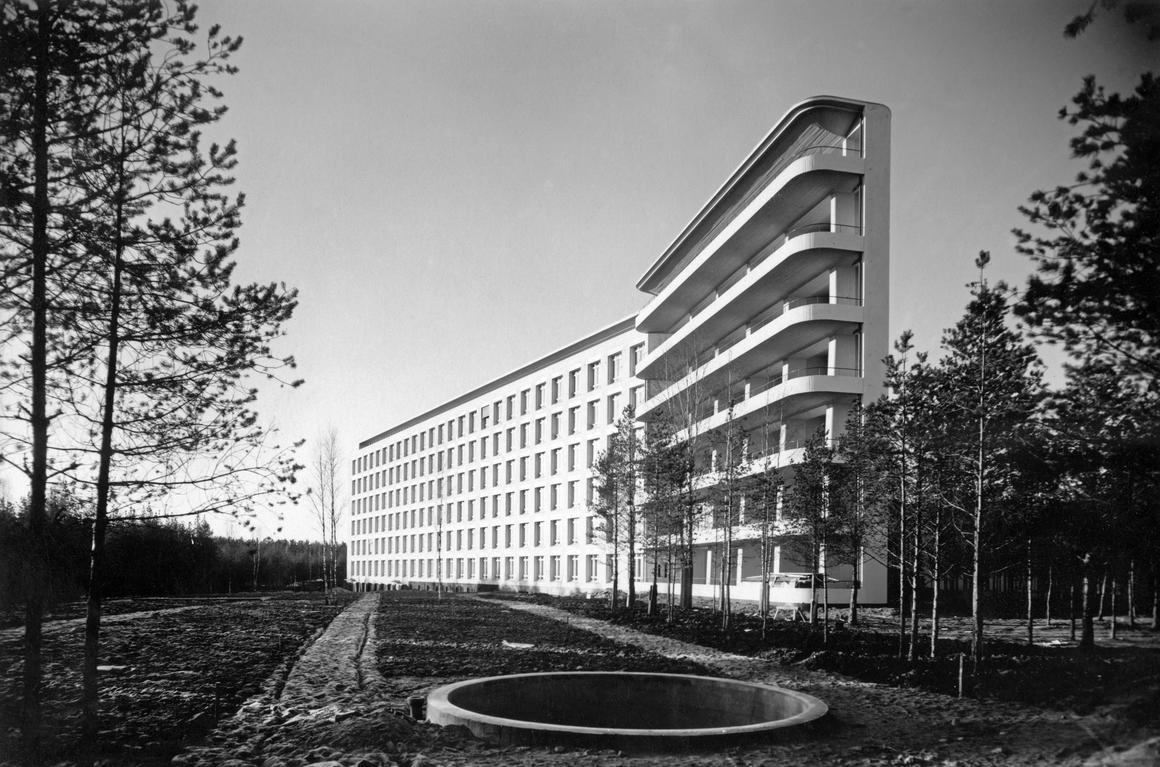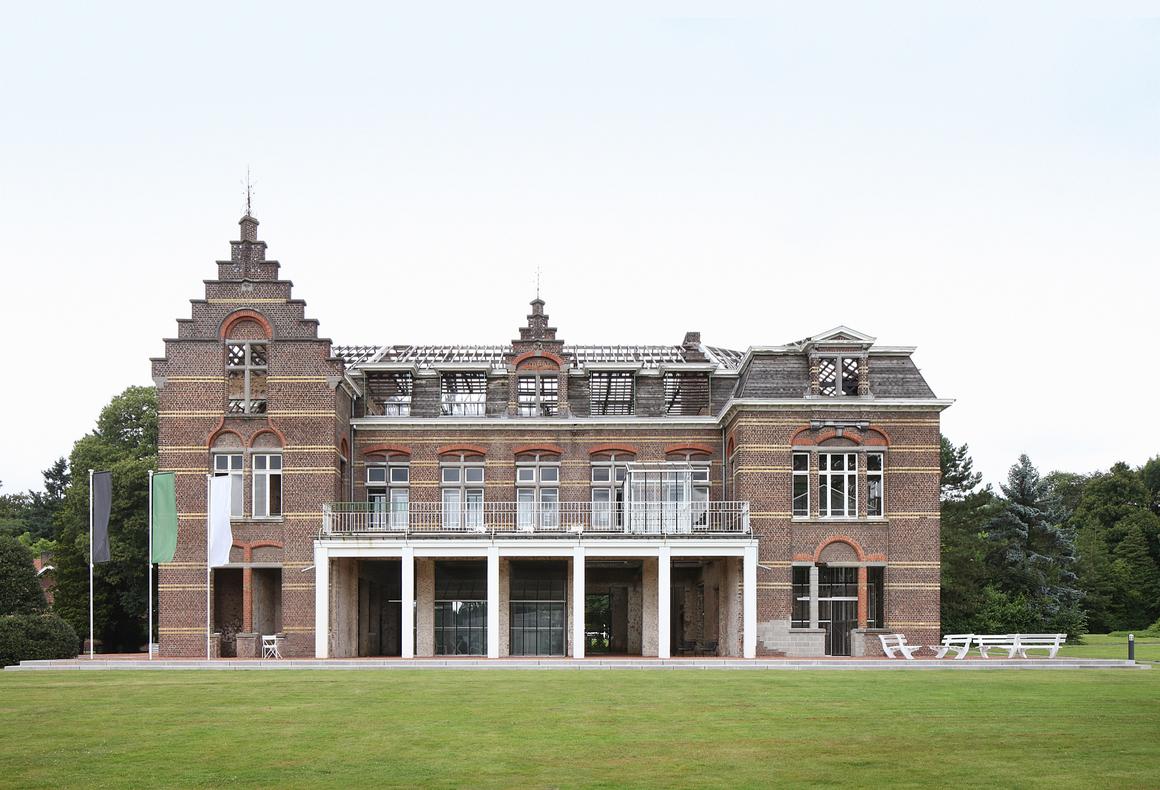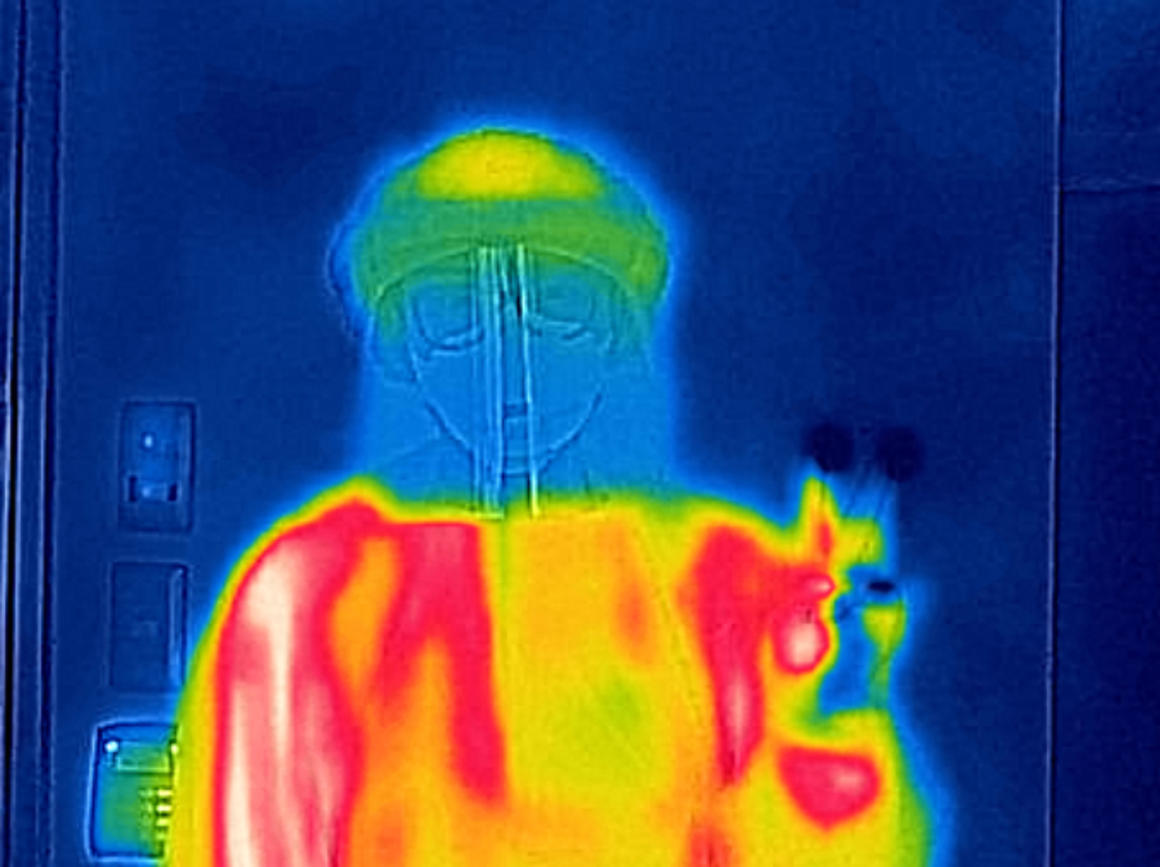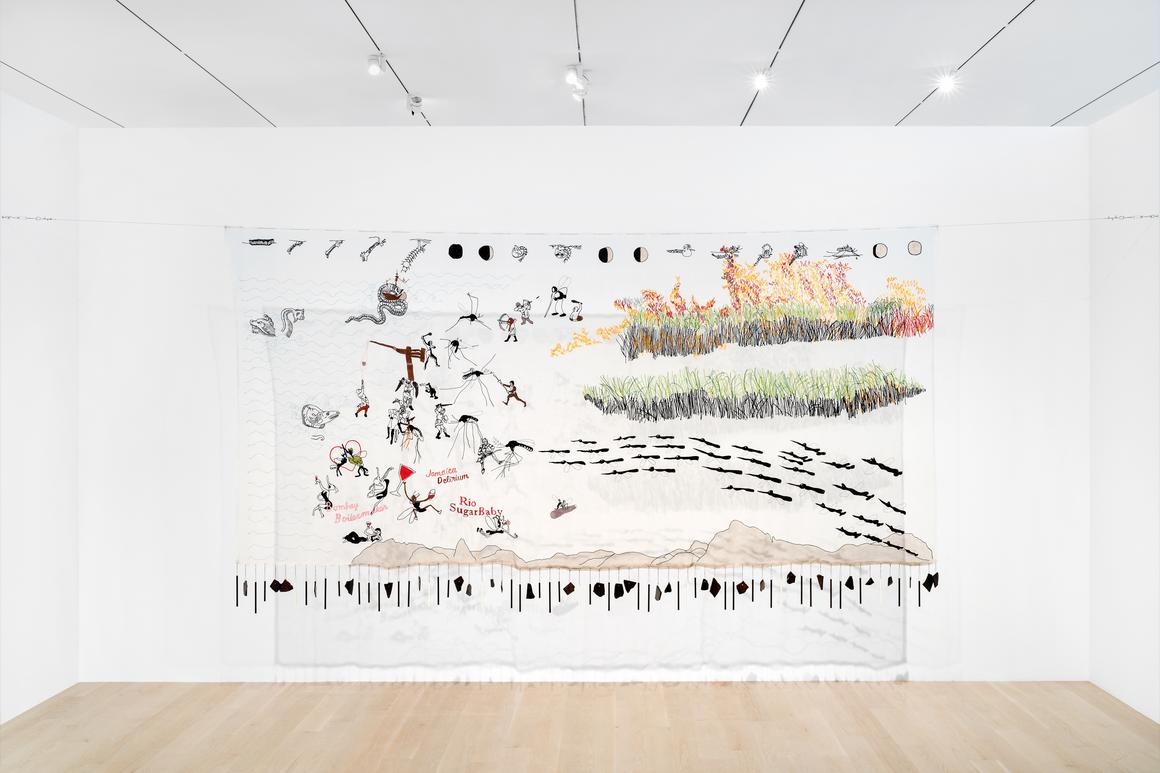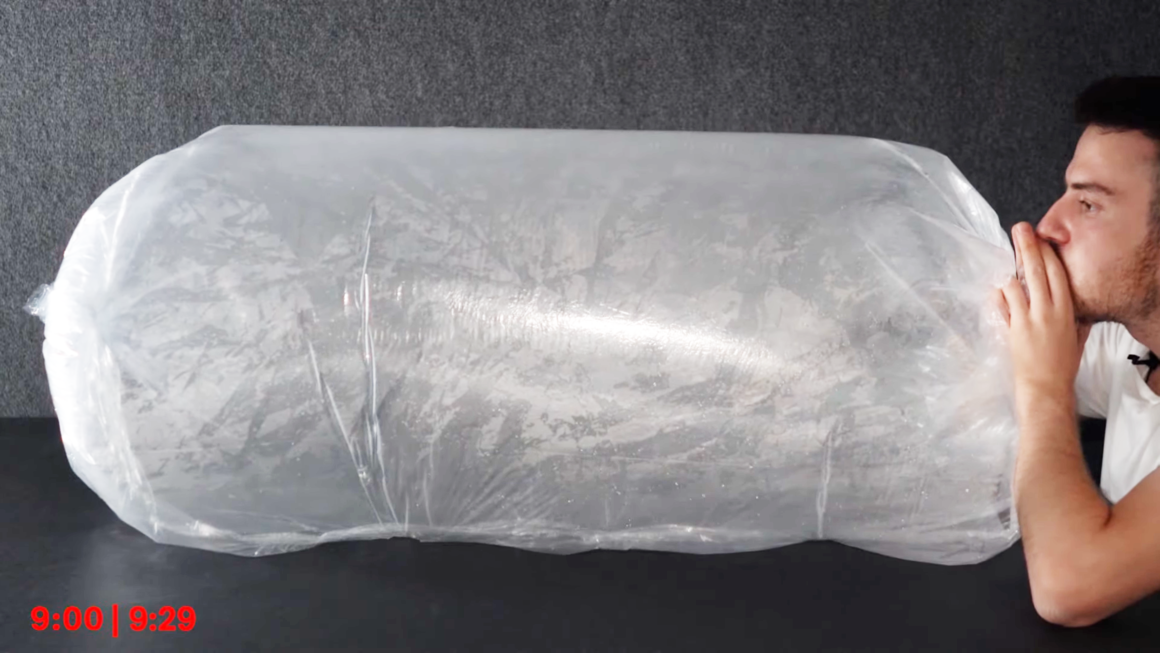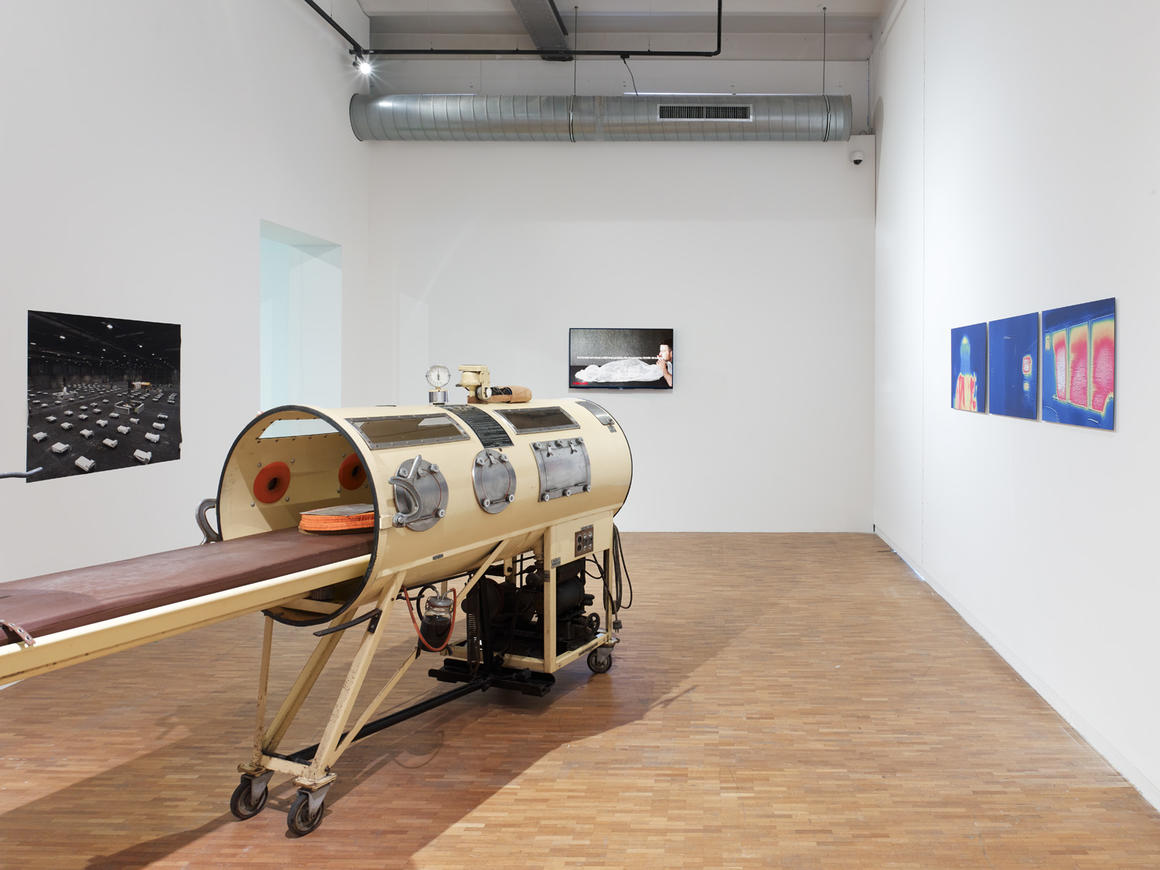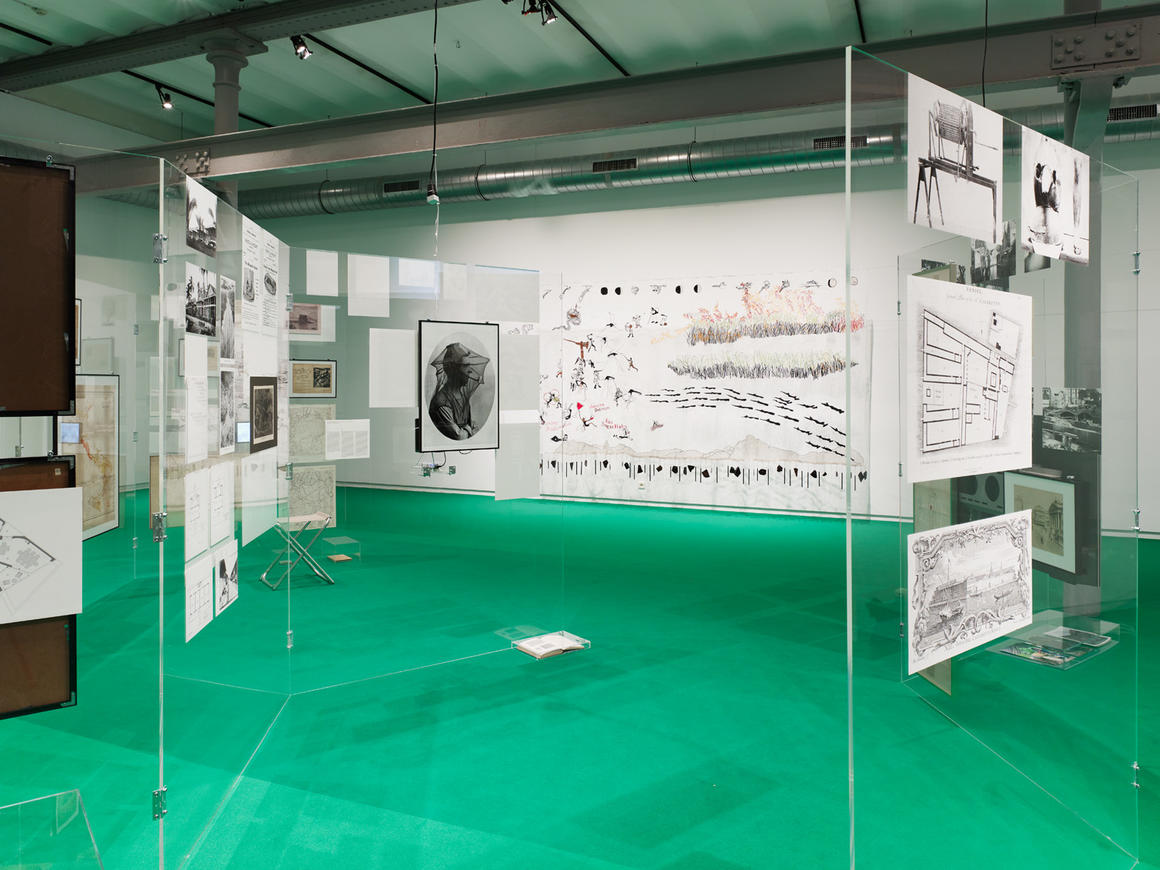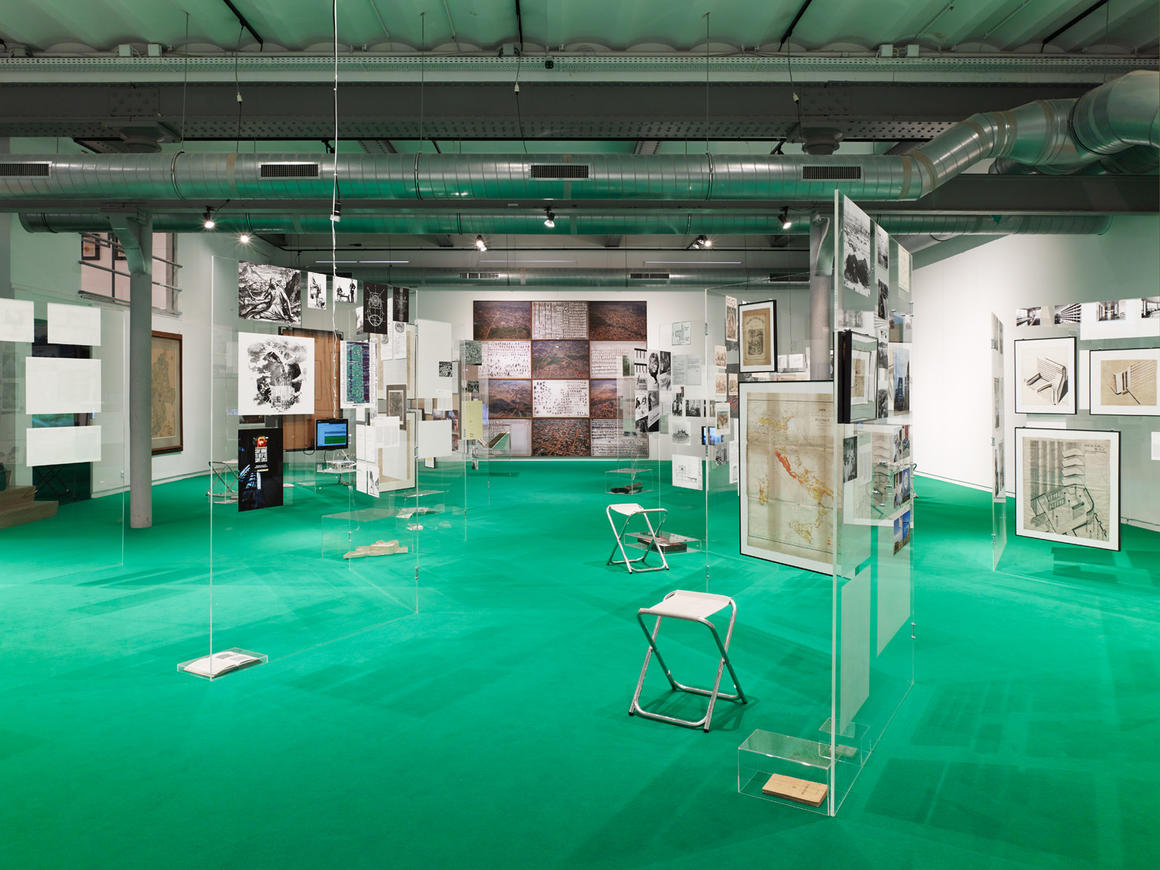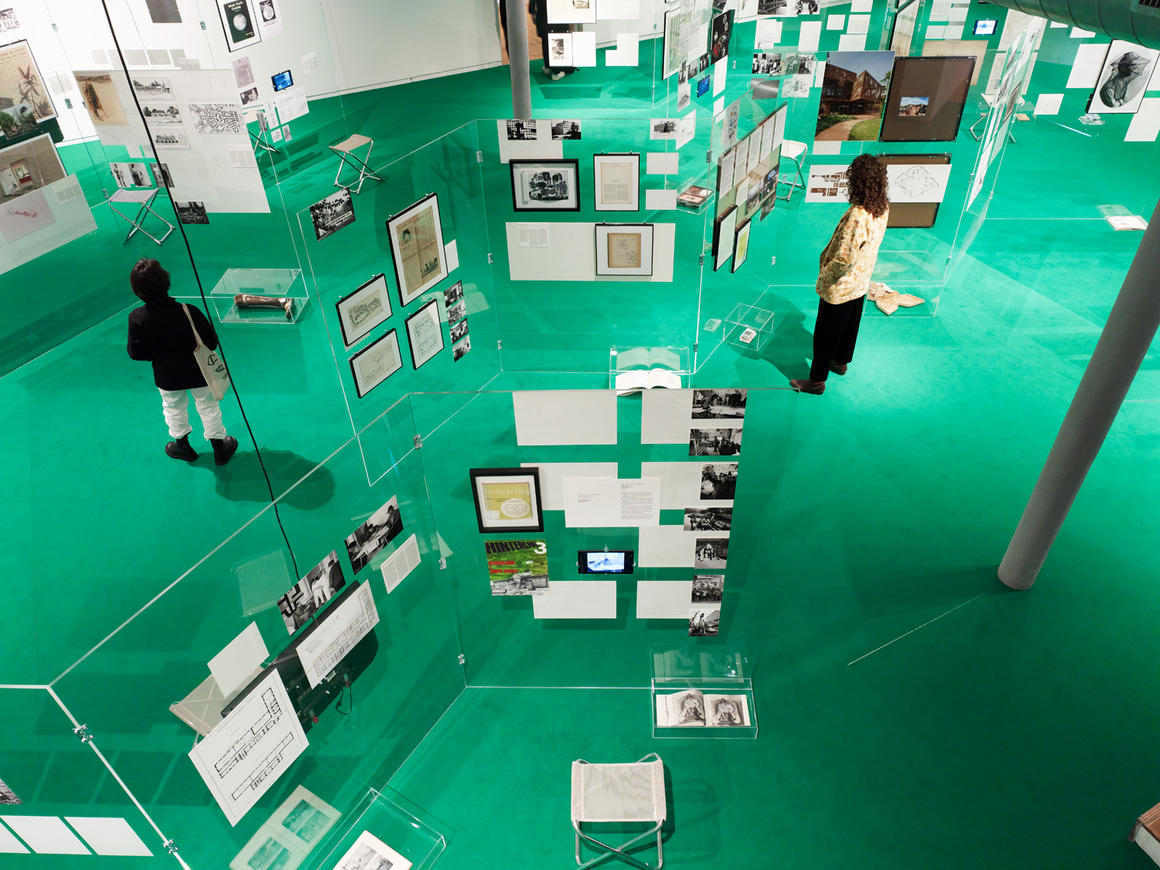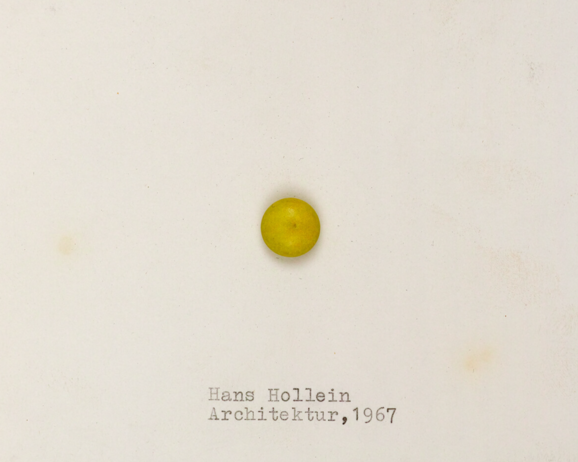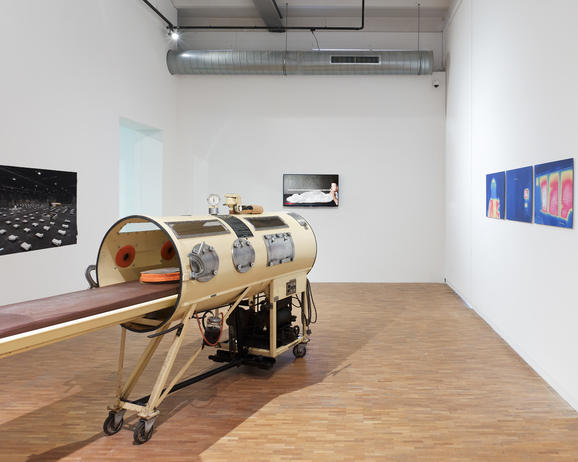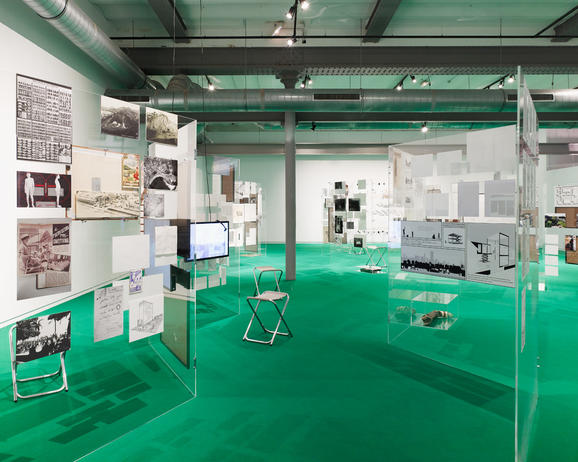EXPO: Sick Architecture
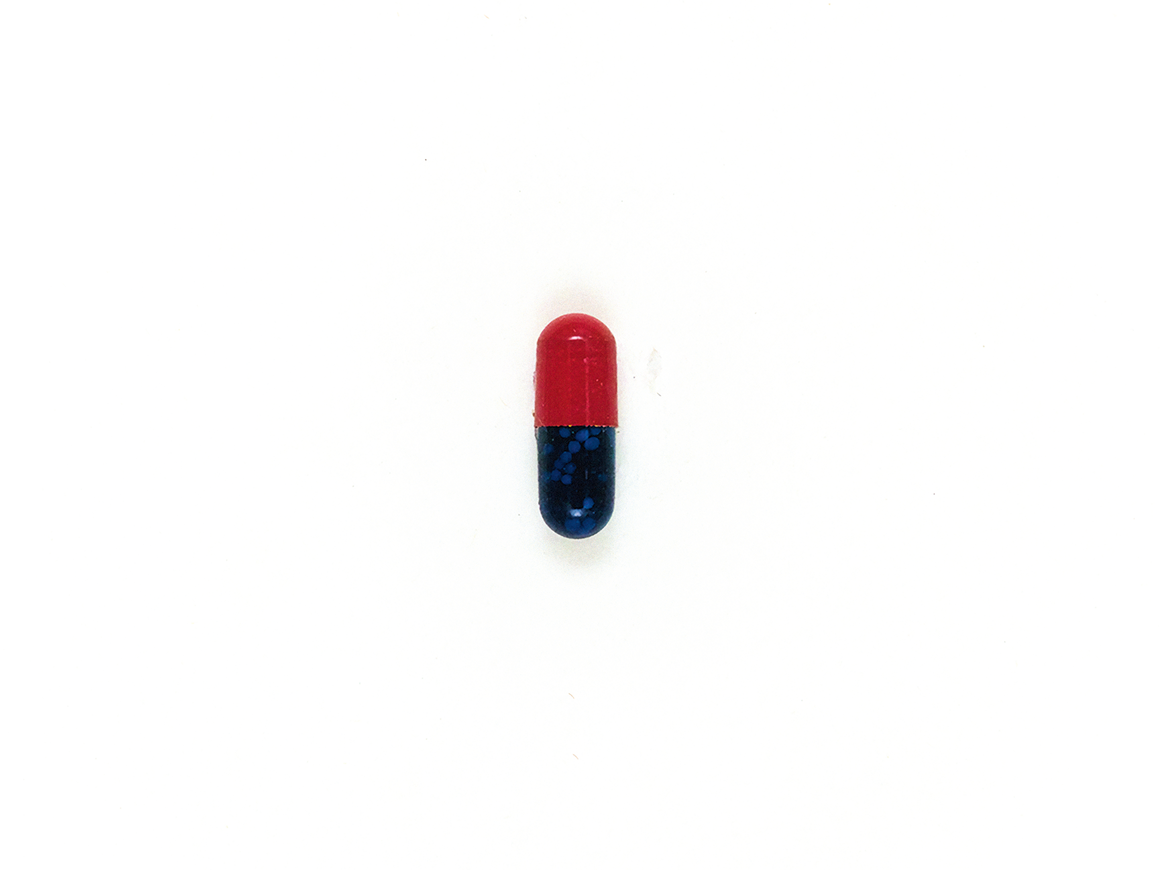
Architecture and sickness are tightly intertwined. Architectural discourse always weaves itself through theories of body and brain, constructing the architect as a kind of doctor and the client as patient. Architecture has been portrayed as both a form of prevention and cure for thousands of years. With Sick Architecture, CIVA and guest curator Beatriz Colomina (Princeton University) highlight a topic that has shaped our lives since the outbreak of the COVID-19 pandemic.
standard rate: 10€
youth (-26) I job seekers I seniors (+65): 5€
children (-18) I museumpassmusées I Brussels Card I Subbacultcha members I press I ICOM: free
paspartoe: 2€ // article 27: 1,25€
Health is supposed to be the main goal of the architect, as Vitruvius already insisted in the first century BC. Yet architecture is also often the cause of illness, from toxic building materials to sick building syndrome. Architecture itself has become sick.
Every age has its signature afflictions, and each affliction has its architecture. The age of bacterial diseases, particularly tuberculosis, gave birth to modern architecture in the early decades of the 20th century, to white buildings detached from the “humid ground where disease breeds,” as Le Corbusier put it. In the postwar years, attention shifted to psychological problems. The architect was often seen as a kind of shrink; the house not just a medical device for the prevention of disease, but for providing psychological comfort, or as Richard Neutra put it, “nervous health”. The twenty-first century is the age of neurological disorders, with depression, ADHD, borderline personality disorders, burnout syndrome, allergies, and “environmental hypersensitivity” defining the contemporary experience of architecture and the built environment.
Meanwhile, pandemics have returned. COVID-19 is completely reshaping architecture and urbanism. The virus has exposed the structural inequities of race, class, and gender, provoking a call for social transformation and perhaps an architectural revolution. The exhibition offers a wider historical and conceptual frame for such conversations, with materials ranging from the historic quarantine architecture at Ellis Island and the old lazzaretto in Venice to modern architecture by Aino and Alvar Aalto and Henri Lacoste, 1960’s experiments by Hans Hollein and Coop Himmelb(l)au, as well as contemporary work by architects 51N4E, Elizabeth Diller, architecten jan de vylder inge vinck, Andrés Jaque, artists Sammy Baloji, Mohammed Bourouissa, Vivian Caccuri, Goldin+Senneby and Ahmet Öğüt.
The exhibition is accompanied by an online publication series on e-flux Architecture whose first part was published in 2020 and whose second part will be published to coincide with the opening of the exhibition in May 2022. The essays include authors such as Gideon Boie, Edna Bonhomme, David Gissen, Brooke Holmes, Fabiola Lopez-Duran, Elizabeth Povinelli, Meredith TenHoor and Mark Wigley, as well as numerous Ph.D. students from Princeton University who have participated in Beatriz Colomina ́s seminars on architecture and illness since 2019.
On May 6 from 2:00pm to 9:00pm at CIVA, Sick Architecture Talks will feature presentations by more than 20 architects, artists, writers, and scientists. Moderated by e-flux Architecture Deputy Editor Nick Axel, the all-day event will also be livestreamed on e-flux Live.
Contributions exhibition: 51N4E, Aino & Alvar Aalto, An Tairan, Andrea Bagnato, Sammy Baloji, Franco Basaglia, Eugène Beaudouin / Marcel Lods, Victoria Bergbauer, Anna Bokov, Mohamed Bourouissa, Angela Brown / Jorge González, Ibiayi Briggs, Gaston Brunfaut, Holly Bushman, Victoria Bugge Øye, Burokade Architects, Vivian Caccuri, Susana Calò / Godofredo Pereira, Center for Independent Living, Irene Cheng / Brett Snyder / David Gissen, Coop Himmelb(l)au, Simon De Nys-Ketels, Marie de Testa, architecten jan de vylder inge vinck / Gideon Boie / Filip Dujardin, Elizabeth Diller, dRMM, André Farde / Jean Saidman, Clemens Finkelstein, Dante Furioso, Ignacio G. Galán, Goldin+Senneby, Paul Hankar, Josef Hoffmann, Hans Hollein, Victor Horta, Lydia Inber, Stanislas Jasinski, Andrés Jaque, Charles Jencks, Angelika Joseph, Rebecca Kellawan, Maggie Keswick Jencks, Henri Lacoste, Le Corbusier, Fabiola Lopez Duran / Ana-Maria Tavares, Ivan Lopez Munuera + Alicia Buades, Miralles Tagliabue EMBT, Jacques Moeschal, László Moholy-Nagy, Jean Mouigneau, Richard Neutra, Ahmet Öğüt, Kara Plaxa, Michel Polak, Philippe Rahm, Fabien Roy, Guillermo Sánchez Arsuaga, Alexandra Sastrawati, Giuseppina Scavuzzo, Shivani Shedde, René Schoentjes, Maxwell Smith-Holmes, Nicole Sonolet, Iason Stathatos, Meredith TenHoor, Ludwig Mies van der Rohe, Jeremy Lee Wolin, VOET, Chenchen Yan, Zhongguo Jianzhu
Conceived by Beatriz Colomina (guest curator, Princeton University), Silvia Franceschini (curator CIVA), Nikolaus Hirsch (artistic director CIVA)
Assistant curator Minne De Meyer Engelbeen (CIVA)
Exhibition Architecture OFFICE Kersten Geers David Van Severen & Richard Venlet
A collaboration between CIVA, the Princeton University Ph.D Program in the History and Theory of Architecture and e-flux Architecture
